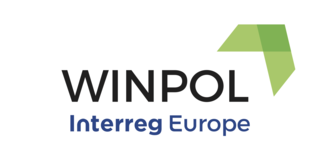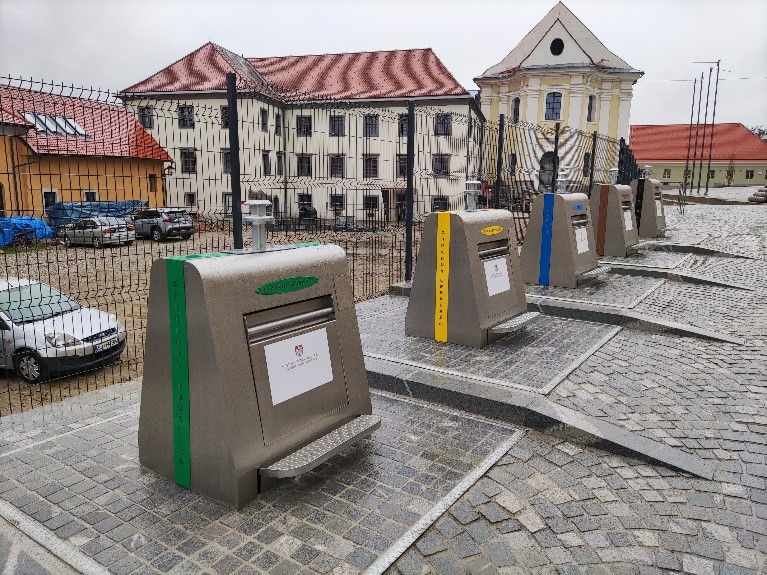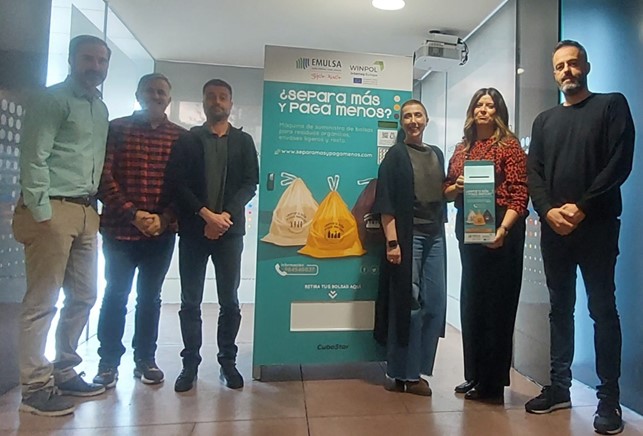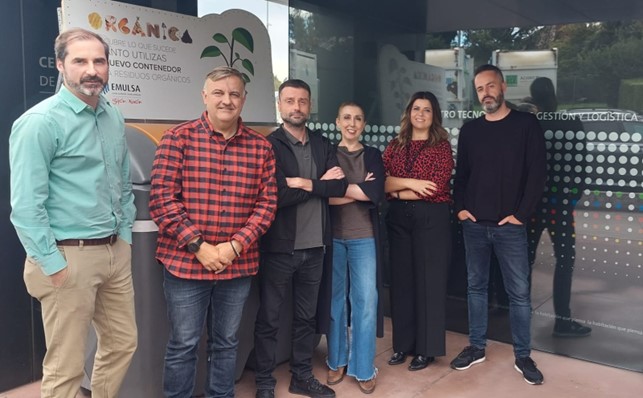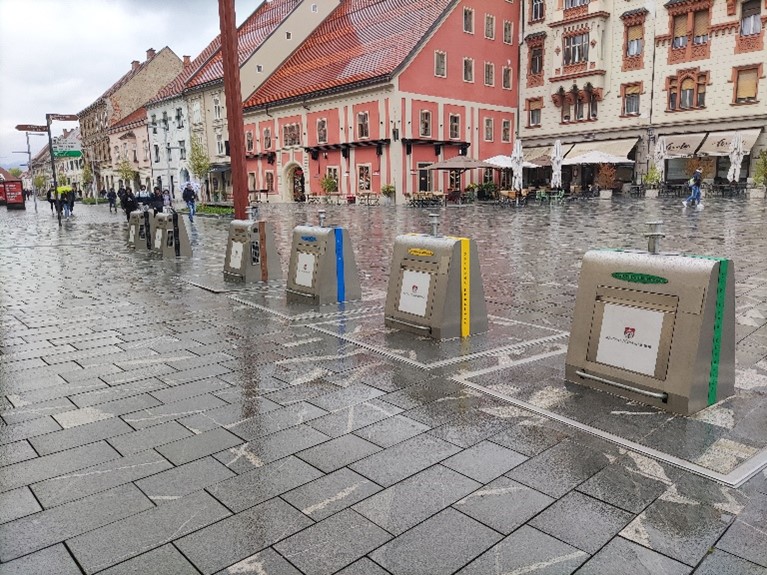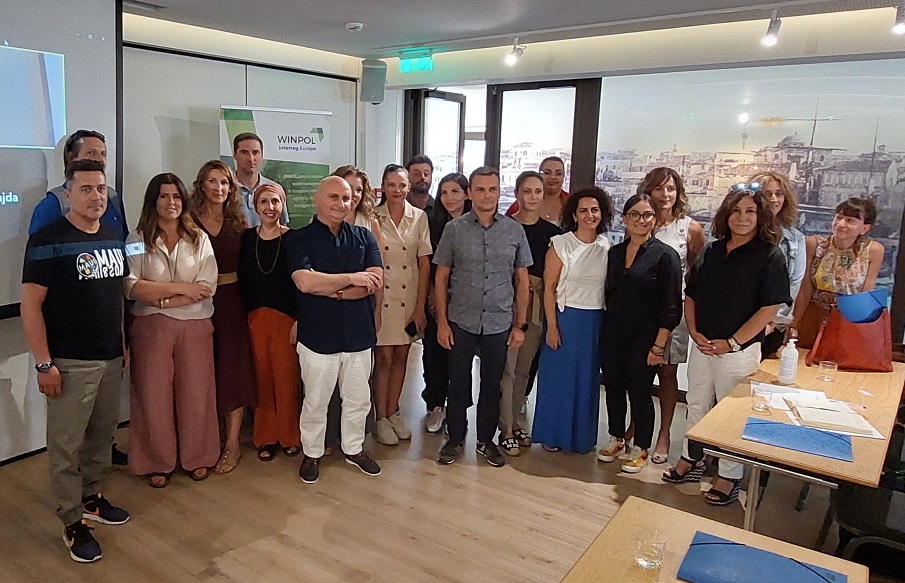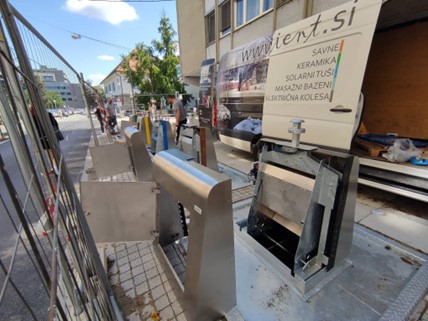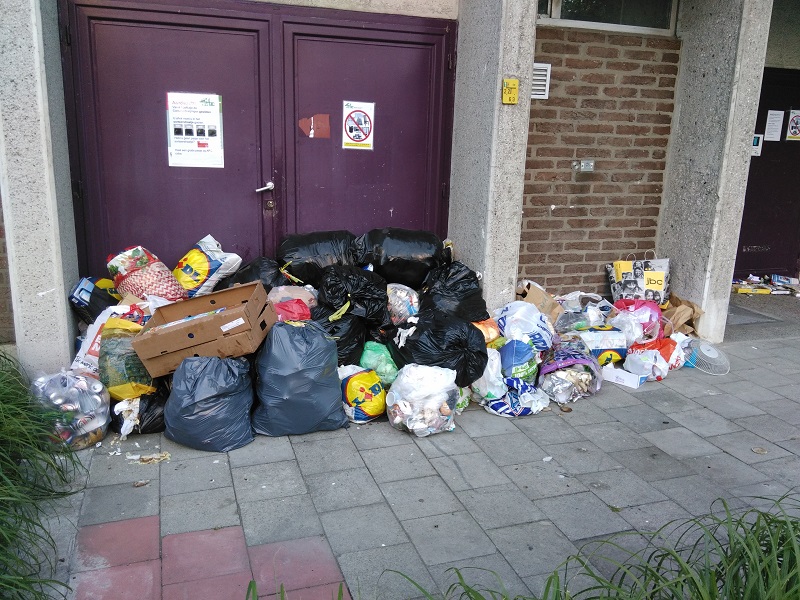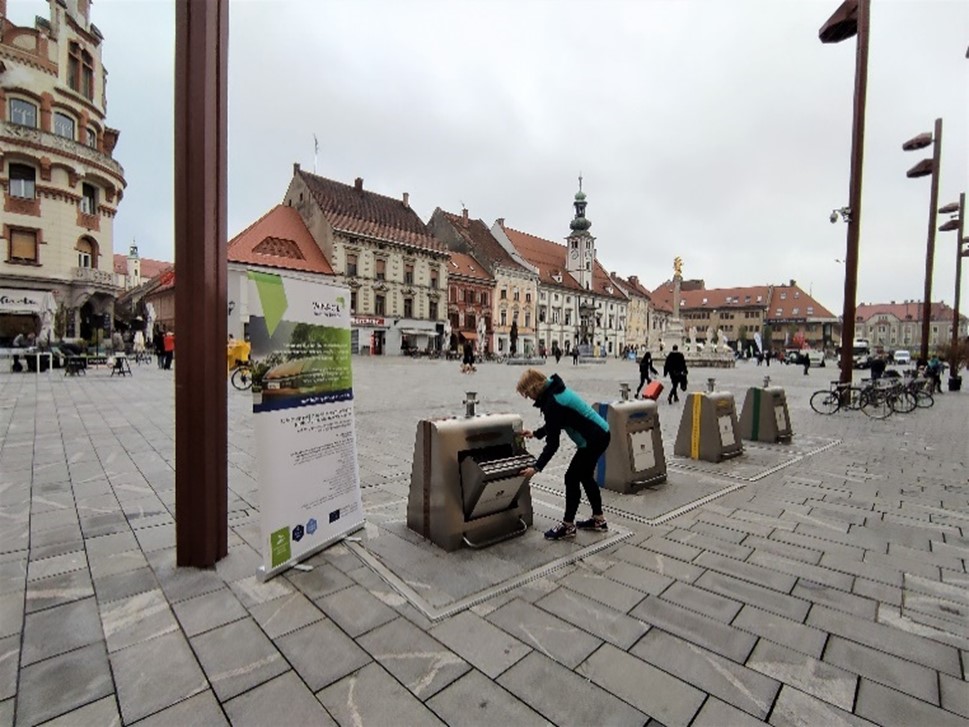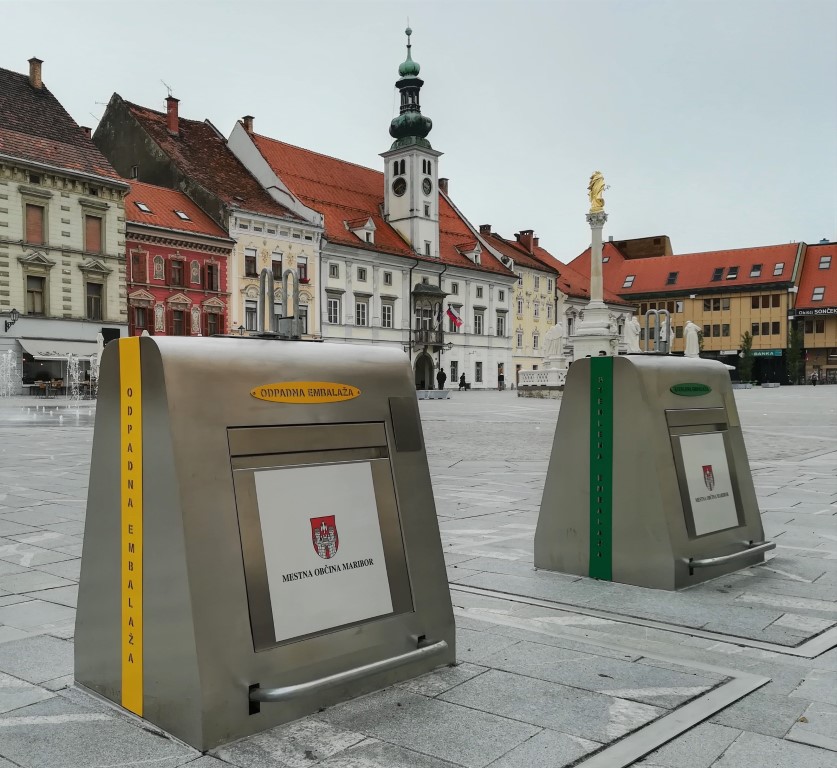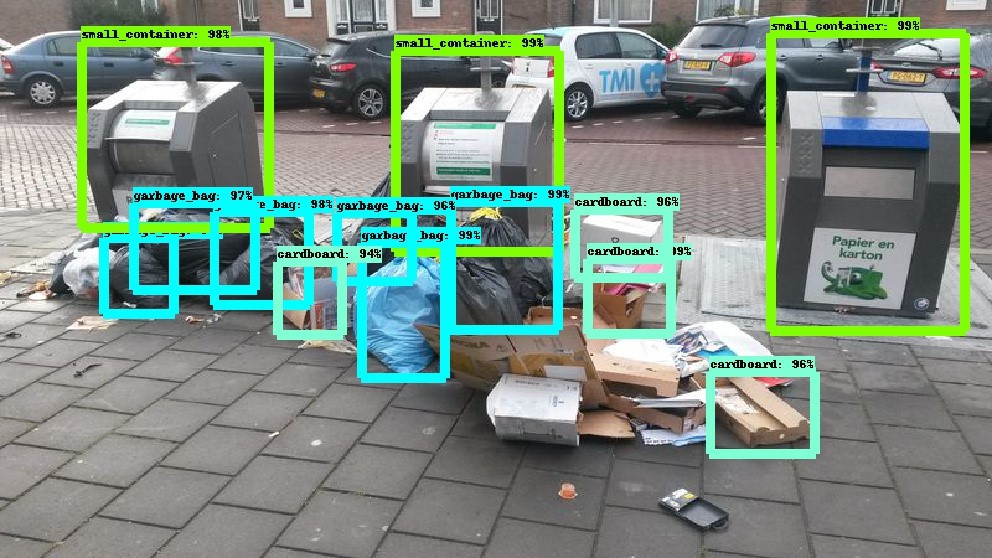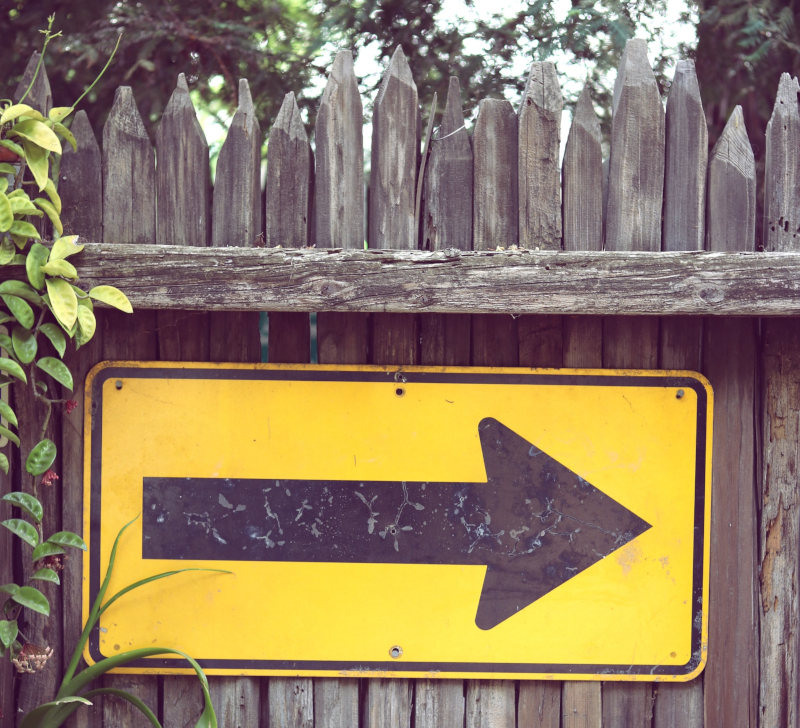The European Commission unveiled its new Circular Economy Action Plan – one of the main building blocks of the European Green Deal, Europe's new agenda for sustainable growth. With measures along the entire life cycle of products and building on the work done since 2015, the new Plan focuses on the design and production for a circular economy, with the aim to ensure that the resources used are kept in the EU economy for as long as possible.
Published under the umbrella of the EU Industrial Strategy, the Circular Economy Action Plan proposes measures to design waste out of the economy by transforming it into high-quality secondary resources that are fed back into the production process. To that end, the Commission will explore setting an EU-wide, harmonised model for the separate collection of waste and labelling.
In the coming months and years, a series of policies is expected to stem from the plan. Most notably, measures on sustainable products, the right to repair, and on the sectors that use the most resources and where the potential for circularity is high (e.g. electronics and ICT, batteries and vehicles, packaging, plastics, textiles, construction and buildings, and food) are slated for adoption in the near future.
In addition to the measures mentioned above, the WINPOL project notes that research, innovation, and digitalisation are emphasized in the new CEAP as drivers of the transition towards a circular economy. As the practices highlighted by WINPOL are showing, smart technologies and innovative approaches are indeed a way to improve performances and achieve circular objectives.
Read the full press release: https://ec.europa.eu/commission/presscorner/detail/en/IP_20_420
